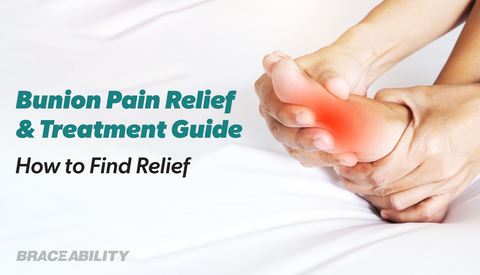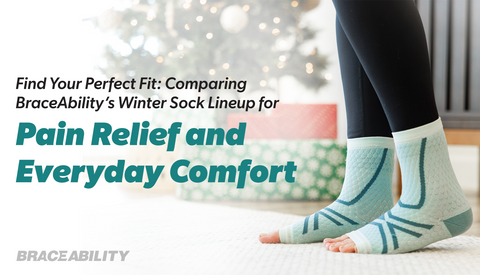Chondromalacia Patellae
What Is Chondromalacia?
Chondromalacia is a general term used to signify damage to the cartilage under the kneecap. This cartilage that covers the patella (knee cap) is important as a shock absorber and for ensuring the patella and the femoral groove slide smoothly past one another. Over time or via injury, this cartilage can be worn away or softened. The result is friction between these knee joint surfaces and painful inflammation.

Define Chondromalacia
A more medically accurate term for chondromalacia is patellofemoral pain syndrome. The chondromalacia definition is also not exclusive to the knee. Some use this term to refer to cartilage joint damage anywhere on the body, such as chondromalacia hip or chondromalacia shoulder, but the condition is most common in the knee joint.
The term “runners’ knee” is also sometimes used as a synonym for chondromalacia of the patella. But runner’s knee is actually a sweeping term that can refer to any number of knee injuries associated with running. This condition is not exclusive to running. As we will discuss shortly, a number of repetitive activities can lead to this chondromalacia patella syndrome.
Chondromalacia Causes
Chondromalacia patella causes are not well understood, but this knee joint pain is thought to be associated with the following:
- Overuse, especially repetitive stress to the knee (e.g., sports involving frequent running, jumping or kicking).
- Poor control of the muscles around the hip and knee, resulting in an improperly tracking kneecap.
- Injury to the kneecap (e.g., dislocated or fractured patella).
- Meniscus injury.
Patellar chondromalacia is most common among adolescents and young adults. But this condition can be found among older adults with occupations that require long periods on the knees, such as a carpenter or floor layer; this stress to the knees via kneeling is also seen as one of the causes of chondromalacia patella.
Chondromalacia Symptoms
Patellar chondromalacia typically starts as a dull, aching pain at the front of the knee, behind the kneecap. This mild chondromalacia patella pain can become quite intense if it is left untreated.
Chondromalacia knee pain will often worsen when ascending or descending stairs as well as when putting pressure on the knee joints when squatting or kneeling. One might also notice patellofemoral chondromalacia pain after sitting for an extended period with the knee bent.
Other chondromalacia patella symptoms might include a “catching” or “giving way” of the knee joint. The friction in the kneecap may also result in effusion and swelling of the knee. In some cases, one with patella chondromalacia may experience a creaking or grinding sensation/sound in the knee. Some amount of this is perfectly normal, however.
Treatment for Chondromalacia Patellae
Treatment for knee chondromalacia will depend upon the extent of the damage, as determined by chondromalacia grading. A chondromalacia patella MRI can be used to evaluate the damage.
For mild chondromalacia, treating the condition with a period of rest from aggravating activities along with the application of ice and compression along with anti-inflammatory medications can be very effective. If the cause is a mistracking patella, applying tape or wearing a chondromalacia knee brace can help relieve the symptoms of chondromalacia.
Once the swelling is under control, one will likely need to undergo physical therapy and cross-training to improve one’s strength and flexibility. At this point, a patella tracking brace may also be helpful. (Check out an article on “The Benefits of Knee Braces for Rehabilitation.”
But if these initial lines of defense are not helpful for relieving chondromalacia pain, surgery to remove the damaged cartilage may be necessary. BraceAbility also offers a number of post-operation knee braces for immediately following the surgery.
View all of BraceAbility's knee injury treatments, including specific treatment options for chondromalacia.
Prevent Chondromalacia of Patella
There are some steps one can take to avoid chondromalacia of the knee. For one, it is important to always warm up and stretch before engaging in athletic activities. One should also take care to increase one’s activity level gradually so as not to put unnecessary stress on the joints of the knee.
Strengthening the muscles of the leg, especially the quadriceps, can also be helpful in ensuring the patella is tracking as it should. As previously mentioned, a patella tracking brace can also be helpful to that end.
And finally, wearing proper, supportive shoes for any given activity is important. Similarly, if one must be on the knees often, whether it be for work or activities such as gardening, it is important to protect the knees from unnecessary stress and bilateral chondromalacia by using some sort of knee pad.










